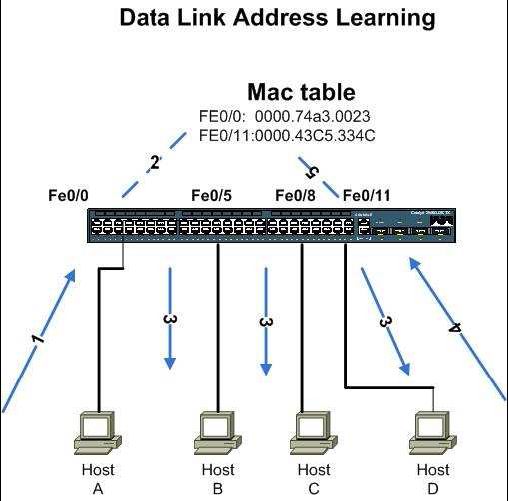IP address
destination MAC address
ARP table entry
FCS checksum
第1题:
A. IP address
B. destination MAC address
C. ARP table entry
D. FCS checksum
第2题:
A.The switch will not forward unicast frames.
B.The switch will forward the frame to a specific port.
C.The switch will return a copy of the frame out the source port.
D.The switch will remove the destination MAC from the switch table.
E.The switch will forward the frame to all ports except the port on which it was received.
第3题:
What are two characteristics of "store and forward" switching? (Select two answer choices)
A.Latency fluctuates regardless of frame. size.
B.The switch receives the complete frame. before beginning to forward it.
C.Latency through the switch varies with frame. length.
D.The switch checks the destination address upon receipt of headers.
第4题:
What will an Ethernet switch do if it receives a unicast frame with a destination MAC that is listed in the switch table?()
第5题:
Which statement is true regarding an Ethernet collision domain?()
第6题:
A. server
B. client
C. tunnel
D. transparent
第7题:
ISL is being configured on a Company switch. Which of the following choices are true regarding the ISL protocol? ()
第8题:
A Ezonexam Ethernet switch receives a unicast frame. with a destination MAC that is listed in the switch table. What will this switch do with the frame?
A. The switch will forward the frame. to a specific port
B. The switch will forward the frame. to all ports except the port on which it was received
C. The switch will return a copy of the frame. out the source port
D. The switch will not forward unicast frames
E. The switch will remove the destination MAC from the switch table
F. None of the above.

第9题:
Which two statements are true regarding an Ethernet collision domain?()
第10题:
What three pieces of information can be used in an extended access list to filter traffic (Choose three.)()。